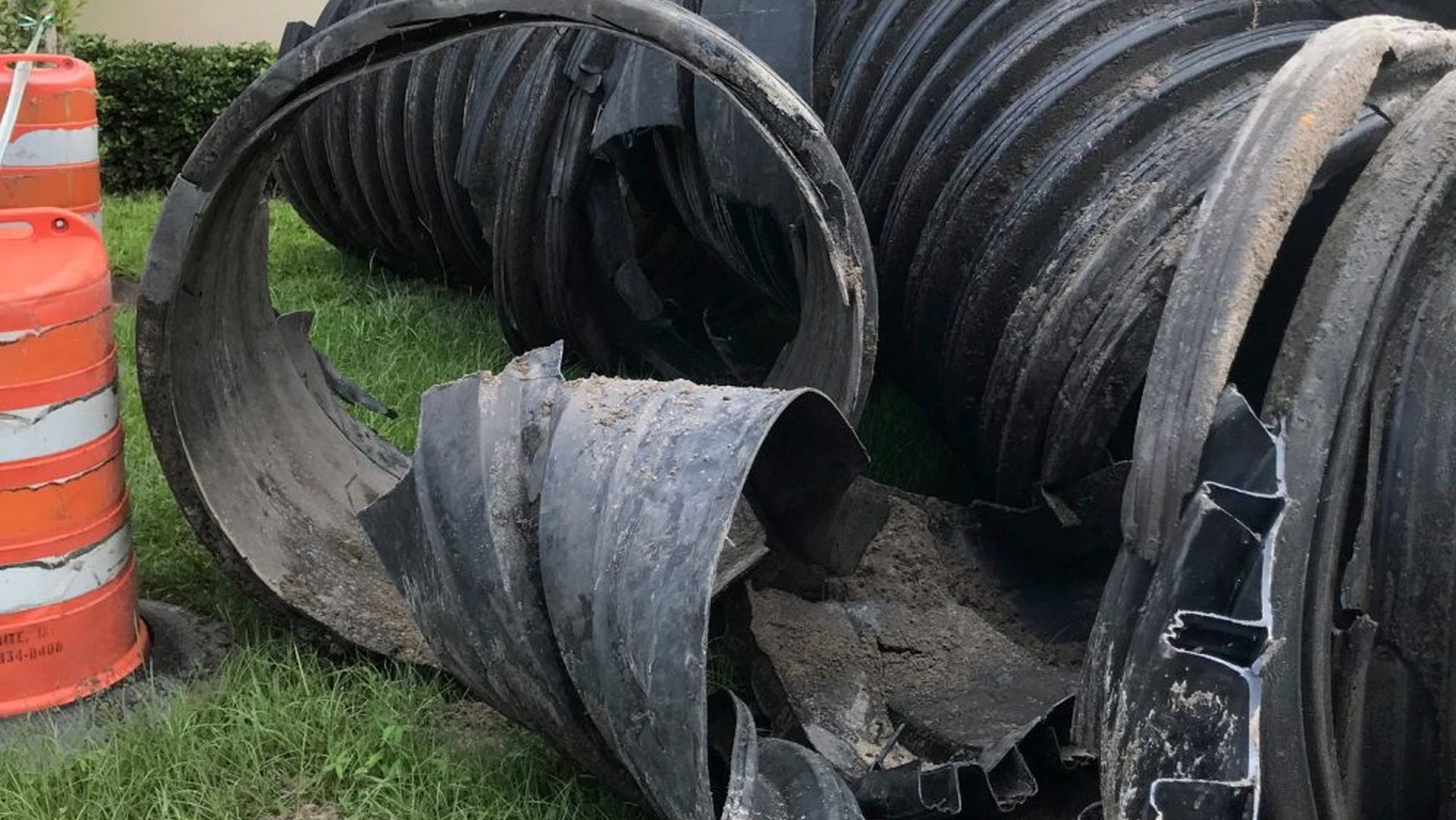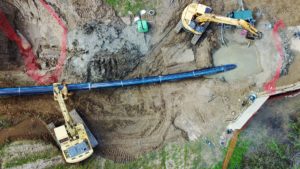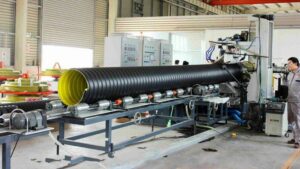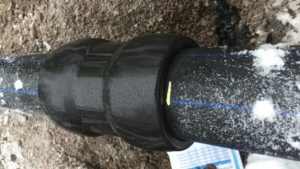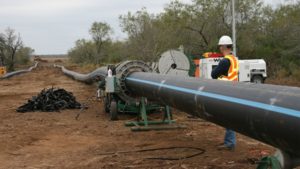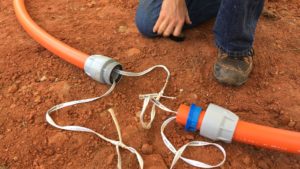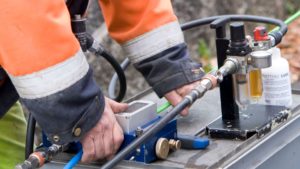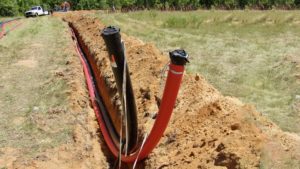Routine in-service inspections of buried CPP are an effective way to identify and correct any problems before they become severe. Inspection of the pipe system verifies proper service functionality and the structural performance of the installed CPP.
In-service inspection of CPP can occur at any point in its service life and users may refer to the AASHTO Manual for Culvert and Storm Drain System Inspection for a comprehensive procedure for inspection and condition rating of buried pipe systems. A poor design and/or materials specification, an improper installation controls, and a lack of maintenance are the primary causes of poorly-functioning pipes.
Age, physical damage, changing land use, larger loads, and unusual environmental exposure can also lead to a need for system maintenance. In-service inspections offer the following benefits: optimization of service performance; mitigation of repair costs; reduction in the risk of failure; identification of maintenance needs; and, short-term and long-term planning and budgeting for repairs and rehabilitation.
The pipe owner will benefit from an inspection program that provides consistent evaluation of all types of pipes and that ensures the inspectors are trained to consistently identify deficiencies. A trained professional should be able to identify issues that adversely impact the service life of the pipe.
One organization with certified trained inspectors for a standardized method of inspection is the National Association of Sewer Service Companies (NASSCO). The new AASHTO Culvert and Storm Drain System Inspection Guide provides guidance for pipe in-service inspections.
Inspection Techniques
Identifying the proper inspection types and categories largely depends on the criteria of the pipe’s performance that is being observed. Typical CPP inspections are divided into three types: personentry internal inspection; nonentry internal inspection (visual); and, remote-entry internal inspection.
The specific type of inspection to be used for each pipe installation will depend on safety requirements, the necessary quality and accuracy of the inspection data, and available inspection resources.
For example, inspectors will employ nonentry inspection methods for small diameter pipes [less than 24 in. (60 cm), or as established per local safety regulations], pipes with significant standing water, or excessive sediment build-up.
Closed systems, such as extensive pipe runs from manhole to manhole, may also be candidates for inspection by nonentry or remote-entry inspection methods. A wide range of inspection criteria can be grouped into four categories: 1) system hydraulics; 2) pipe shape and deflection; 3) durability and condition assessment; and 4) pipe joints.
Inspectors should be prepared with equipment addressing the site-specific inspection needs. Equipment categories include those which are safe for access to the pipe inlet/outlet, tools for cleaning the pipe interior, tools for measurement, tools for visual aid, methods for photographic and written documentation, and personal protective equipment (PPE). Read Full PDF

